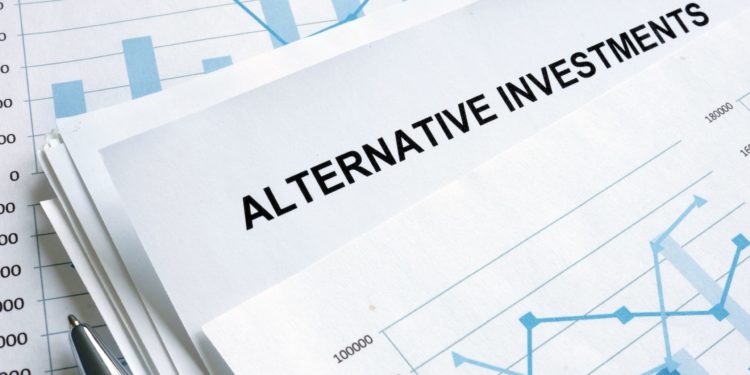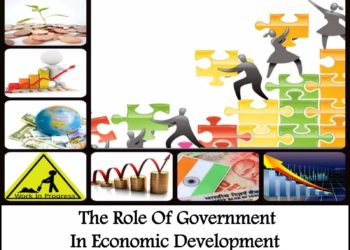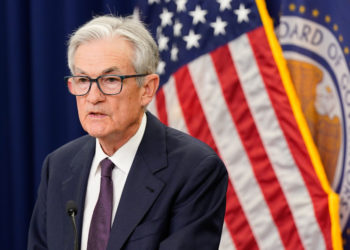In recent years, alternative investments have been gaining traction globally, with assets under management projected to rise from USD 23.0 tn in 2023 to nearly USD 37.0 tn by 2029. Kenya has not been immune to this trend. With a maturing financial sector, deepening capital markets, and growing appetite for diversification, both institutional and retail investors are increasingly exploring asset classes beyond traditional equities and bonds. But while alternatives offer the promise of higher returns and portfolio diversification, they also present unique risks that demand careful scrutiny.
At its core, the world of alternatives encompasses private equity, private credit, hedge funds, real assets like infrastructure and commodities, and other illiquid strategies. Their rise to prominence is often attributed to the Yale Endowment Model, pioneered by David Swensen, which demonstrated the potential of allocating heavily into less efficient markets. In Kenya, parallels can be drawn to the strategies employed by pension funds and insurance companies that are increasingly allocating into private equity funds, infrastructure projects, and real estate investment trusts (REITs).
The attraction is clear. Compared to the traditional 60/40 equity-bond portfolio, alternatives have historically delivered superior risk-adjusted returns. For instance, private equity and venture capital globally returned upwards of 14.0% between 2014 and 2023, outpacing both public equities and bonds. Kenyan fund managers, grappling with volatile equities and a government debt market weighed down by fiscal stress, see this as a chance to unlock new return streams. Infrastructure projects, in particular, are viewed as attractive, given Kenya’s urgent need for roads, power, and water systems.
Yet, there are critical caveats. Unlike publicly traded securities, many alternative investments are valued infrequently, often quarterly, which artificially dampens volatility and can mask underlying risks. This becomes particularly relevant in Kenya, where liquidity constraints and currency depreciation risks are elevated. If an investor were to mark private equity holdings as frequently as Nairobi Securities Exchange-listed shares, the “smoother” risk profile would look much less reassuring.
Another challenge lies in the measurement of returns. Alternatives often report performance using Internal Rate of Return (IRR), which can flatter outcomes by exploiting the timing of cash flows. In contrast, traditional assets are typically benchmarked using time-weighted returns. For Kenyan investors, especially those entering through private equity or venture capital funds, this raises a fundamental question: are the reported double-digit returns reflective of actual value creation, or are they a function of creative accounting?
Moreover, the global experience highlights significant dispersion in outcomes among managers. In alternatives, the gap between top-quartile and median performers is far wider than in public markets. For Kenya’s pension schemes, which may lack access to world-class managers and the due diligence capacity of large global endowments, this heightens the risk of capital impairment. It is not enough to invest in “private equity” or “infrastructure”, the quality of the manager and deal selection matters immensely.
Liquidity risk further complicates the landscape. Many alternative vehicles, including private equity funds active in Kenya, lock up capital for 7–10 years. For retail investors, who are now being courted through structures like REITs and private credit funds, this could clash with household liquidity needs. Even institutions are not spared: Ivy League endowments abroad have been forced to sell private equity stakes on secondary markets at steep discounts to meet obligations. Kenyan institutions, already facing rising benefit payouts and regulatory requirements, could find themselves in similar predicaments.
Fees also weigh heavily on returns. Studies suggest that alternative investments often carry fee drags of 5–10% annually, especially once layered structures such as fund-of-funds are considered. For retail investors in Kenya, many of whom are already grappling with high costs of traditional unit trusts, these additional charges could erode much of the promised illiquidity premium.
The bigger question, however, is whether alternatives truly diversify Kenyan portfolios. Data from global markets show that private equity and private credit are highly correlated with equities, particularly in downturns. If Kenya were to face a major economic shock, say, a sovereign debt crisis or a prolonged currency slump, would these alternatives actually protect portfolios, or would they simply fall in tandem with listed assets?
Ultimately, alternatives are not inherently “bad” or “good.” They can play a useful role in long-term portfolios, especially when aligned with Kenya’s development agenda in infrastructure and enterprise growth. But investor expectations must be tempered. Alternatives are not a magic bullet for higher returns. They require careful due diligence, patience with illiquidity, and acceptance of higher fees. For Kenya, where financial literacy is still evolving and retail participation is expanding, the mantra must remain: caveat investitor – investor beware.
















